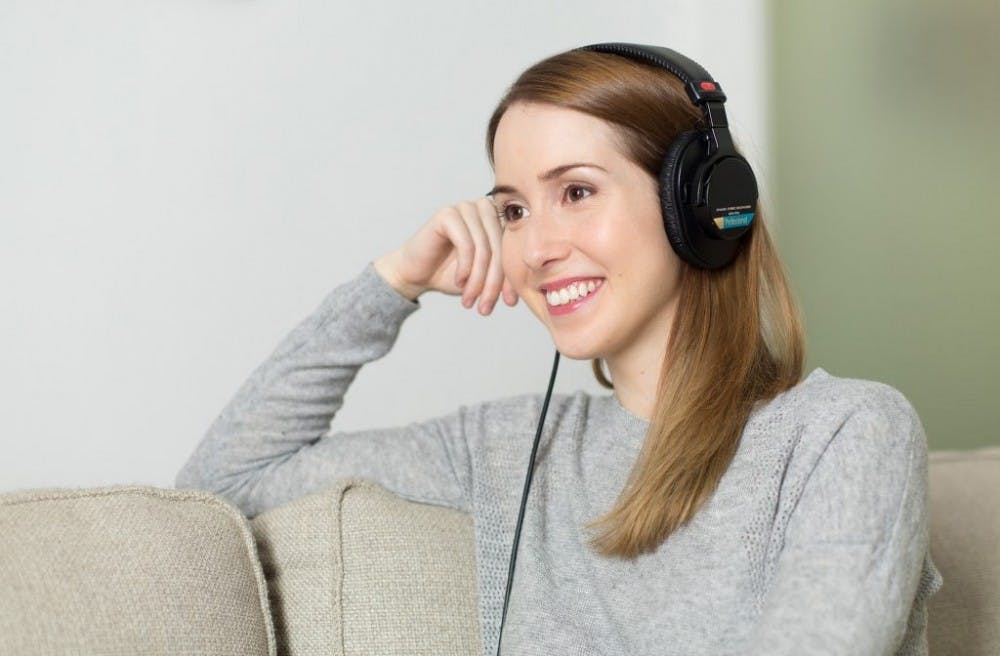Everyone experiences the occasional earworm, when a catchy piece of music seems to stick in your mind, even after it’s no longer playing. Recent studies have indicated that music may have significant effects in the brain, and researchers can now visualize it.
Despite the fact that taste in music varies from person to person, all these preferences have one thing in common, which the use of functional magnetic resonance imaging (fMRI) has unearthed.
An fMRI is similar to an MRI because it can create images of organs and tissues within the body. The difference between these two tests is that an fMRI shows brain activity by looking at blood flow throughout the brain.
By studying fMRI scans, Dr. Jonathan Burdette, a professor of radiology at the Wake Forest Baptist Medical Center in Winston-Salem, N.C., and his team were able to show that listening to favorite songs, instead of listening to a specific genre of music, increases connections that positively affects one’s default mode network, an area that creates feelings of self-awareness, empathy and internal thought.
Both listening to and playing music have proved to be effective ways of activating brain areas that can positively affect mental health.
Listening to music can improve moods and enhance work performance, especially if it is a preferred piece of music.
“There are probably some features in music that make you feel a certain way, but it’s your experience with it that is even more important,” Burdette said. “Your associations with certain music involve many different parts of the brain, and they’re very strong.”
Researchers advise young children to learn to play musical instruments. According to several studies, children who become musicians have been proven to have higher test and IQ scores, more neural connections, higher spatial intelligence and a more symmetrical brain with a larger corpus callosum.
The corpus callosum is a bundle of nerve fibers that connects the right hemisphere to the left hemisphere of the brain. It enables each half to communicate with the other, thereby allowing information to be transferred faster and more efficiently.
A 2009 study on musicians and brain-related activity showed that musicians, compared to non-musicians, had an enhanced auditory system. It was no surprise that musicians had a much easier time identifying pitch and recognizing pieces, but this was also correlated to a knack for detecting and interpreting other people’s emotions and better cognitive abilities.
Supporting this study was another study done in 2012. The Brain and Creativity Institute at University of Southern California (USC) published their study concluding that learning music at a young age speeds up the maturation rate of the auditory pathway in the brain in the journal Developmental Cognitive Neuroscience.
“The auditory system is stimulated by music,” Assal Habibi, research associate at the University of Southern California Dornsife College of Letters, Arts and Sciences said in a press release. “This system is also engaged in general sound processing that is fundamental to language development, reading skills and successful communication.”
Because of music’s ability to form connections within the brain, music can also play a therapeutic role in clinical settings.
“Music isn’t going to cure anything,” Burdette said. “[However] if you’re trying to restore neuroplasticity in the brain, to re-establish some of the connections that were there before the injury, music can be a big help.”
Music therapy is currently used to treat people with emotional trauma, dementia, Alzheimer’s, depression and other brain disorders because of its ability to lift the mood, enhance concentration and motivation and its ability to re-establish connections in the brain.
“You can actually see the power of music,” Burdette said. “People who were just sitting there, not engaged in anything, light up when they start hearing music from when they were 25. I’d like to see it used more widely in this country.”





